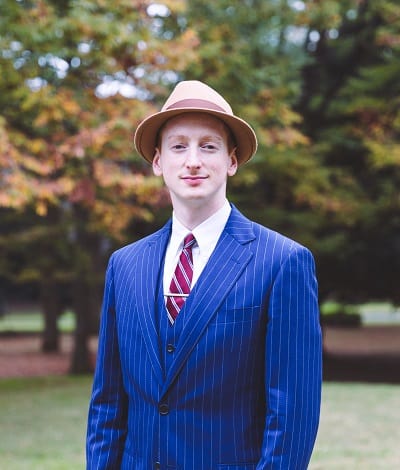1. Prelude
Hello everyone and welcome to my article on Ukiyo-e. In this article, I will talk about the meaning of the word Ukiyo-e and his etymology, then I will present the history of ukiyo-e in short using the major artists through time.
Please, enjoy your reading and don’t hesitate to comment. If I made any mistake, I will do my best to correct it as quickly as possible.
Summary
- Prelude
- Ukyo-e definition
- Etymology of Ukiyo-e
- The History of Ukiyo-e in short
- Pre-history
- Japanese woodblock print appearance (late 17th century)
- Ukiyo-e during the mid-18th century
- The golden age of Ukiyo-e (late 18th century)
- Japanese woodblock print during the 19th century, bird, flower and landscape
- A declining period for ukyo-e, the late 19th century
- Ukiyo-e through the 20th century
- Ukyo-e in the 21th century, an ukiyo-e pop culture
- Conclusion
2. Ukiyo-e definition
Ukiyo-e is a Japanese art genre which depicts a vast variety of theme, such as people (sumo wrestler, geisha, female beauties, and kabuki actors), landscape, fauna and flora, everyday scene or folk history and fairy tales.
3. Etymology of Ukiyo-e
As you can see this word is composed of 3 characters (3 kanjis):
- The first kanji is 浮 which means “floating” and his reading is “uki” which comes from the verb 浮く (uku) which means “to float”.
- The second kanji is 世 which means “world” and his reading is “yo”.
- The third kanji is 絵 which means “picture” and his reading is “e”.
Now, when we only translate the two first kanji 浮世 (ukiyo) into English, it means “floating world” or “transient world”. This is a metaphor which is referring to the urban lifestyle, especially the pleasure-seeking aspects, of the Edo period in Japan (1600–1867).
This is mostly a reference to the red light district of Tokyo during this time period, in which you could find a variety of brothel. Some famous ukiyo-e describes the everyday life of this quarter and their habitant.
Asai Ryōi celebrated this spirit in the novel Ukiyo Monogatari (“Tales of the Floating World”, 1661):
Living only for the moment, savouring the moon, the snow, the cherry blossoms, and the maple leaves, singing songs, drinking sake, and diverting oneself just in floating, unconcerned by the prospect of imminent poverty, buoyant and carefree, like a gourd carried along with the river current: this is what we call ukiyo.
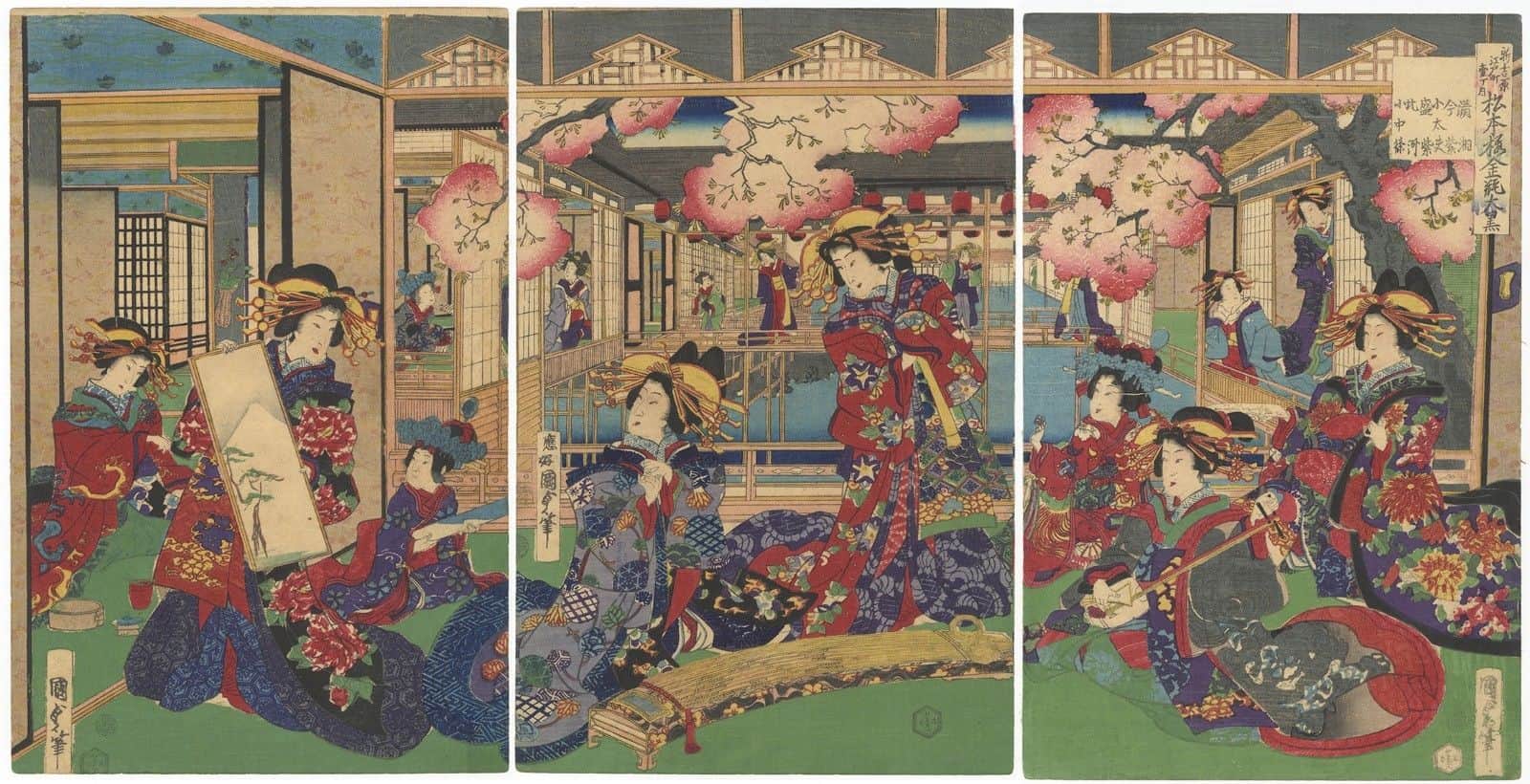
4. The History of Ukiyo-e in short.
Pre-history
We can start this genre history from two main inspirations, the first one is from the “yamato-e” style which is inspired by the Tang dynasty painting (Chinese dynasty from 618-907), and the second one is from the Chinese inspired “kara-e” style. These two inspirations composed most of the style during the Heian period (794-1185). At that time, art was not common and mostly reserved for religious group and wealthy part of the Japanese society.
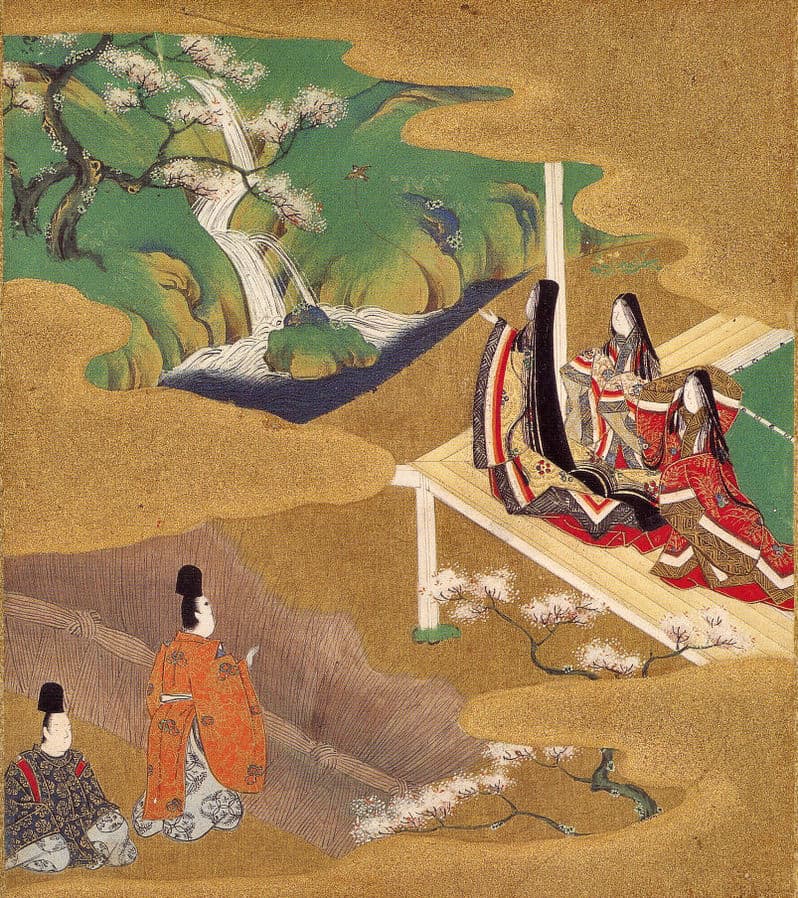
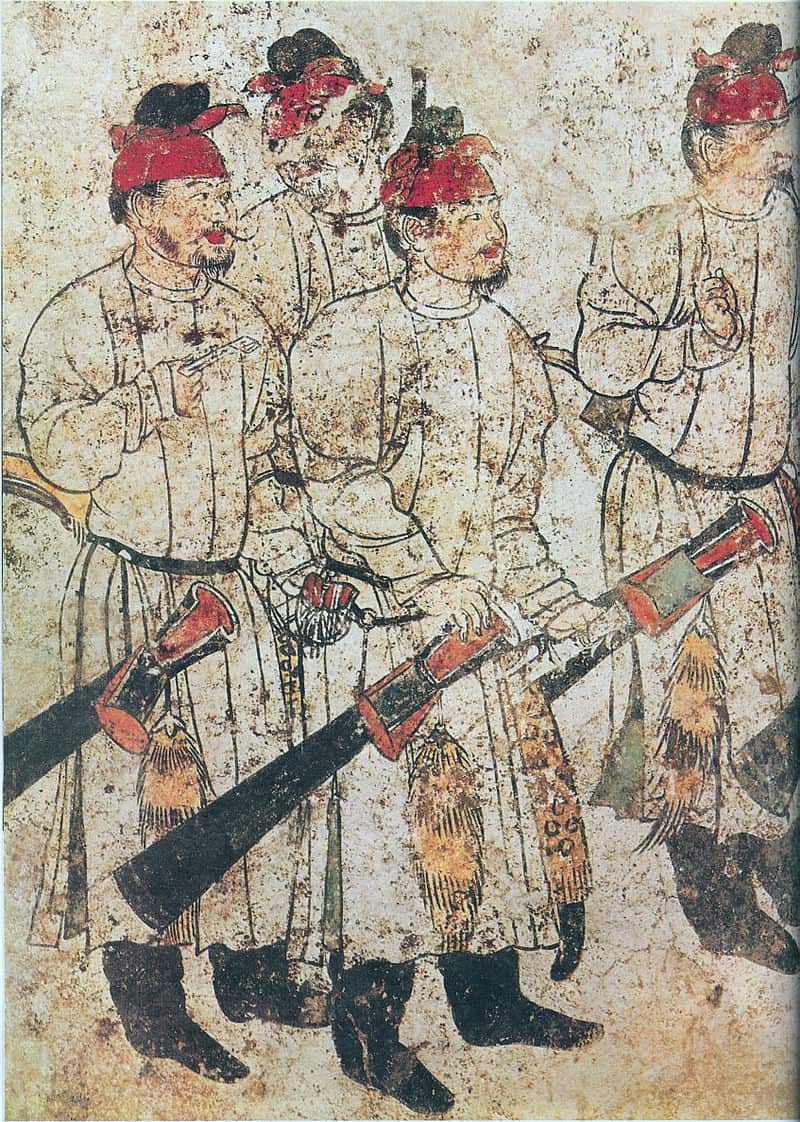
Japanese woodblock print appearance (late 17th century)
Through an evolution of the yamato-e style which consists of a new style of outlined form, ukiyo-e was born.
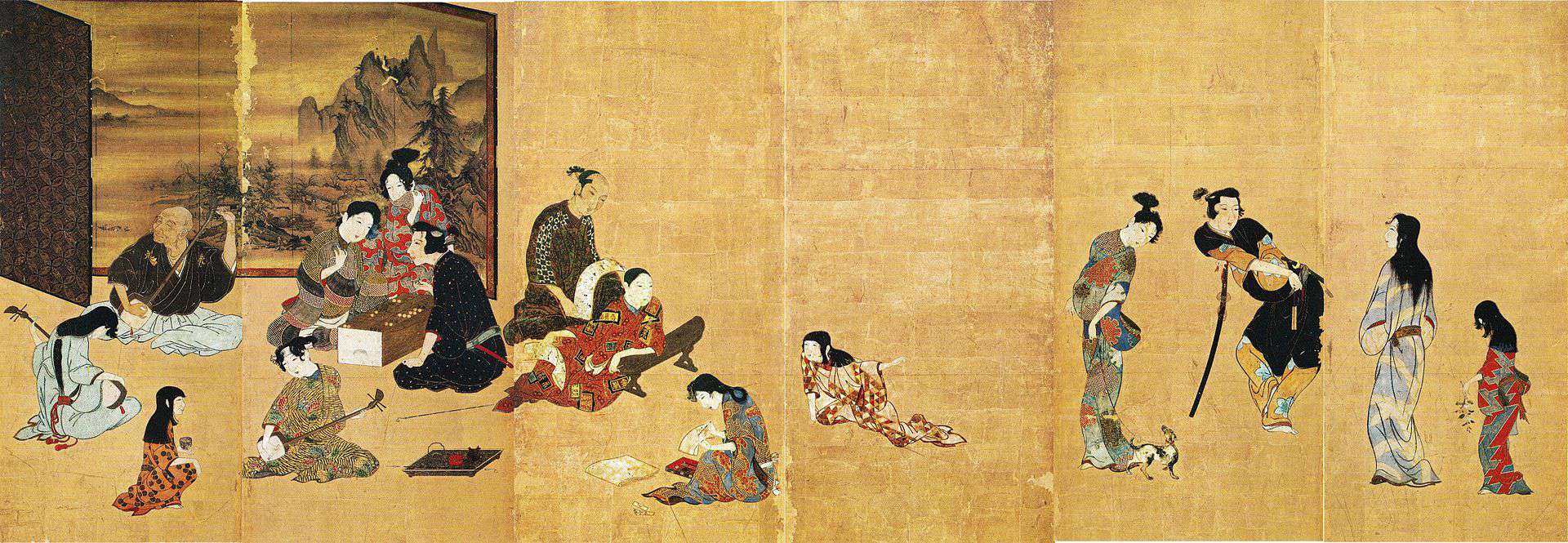
This painting credited to Iwasa Matabei (1578-1650) seems to be the oldest surviving ukiyo-e work in the world. There is also an assertion that he was the founder of the ukiyo-e genre in japan.
From this time on, the ukiyo-e demand kept rising and a new wave of artist began to arrive. Hishikawa Moronobu (1618-1694) is credited with the first production of ukiyo-e woodblock prints. He was a very successful illustrator who worked on a lot of genre such as portraying beautiful female. His main treat was to produce single-sheet images which could be used for different purposes such as stand-alone image.
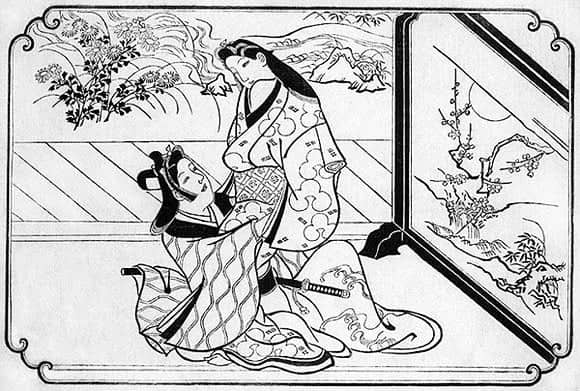
Following the death of Moronobu, prominient new artist appeared such as, Torii Kiyonobu I, which specialized in kabuki actors (yakusha-e) and Kaigetsudō Ando which specialized in courtesans (bijin-ga).
We can also count Nishikawa Sukenobu (1671-1750), which is known for his high quality work on courtesans and the erotic portraits, and Miyagawa Choshun (1683-1752) which is known for his portrayed of everyday life.
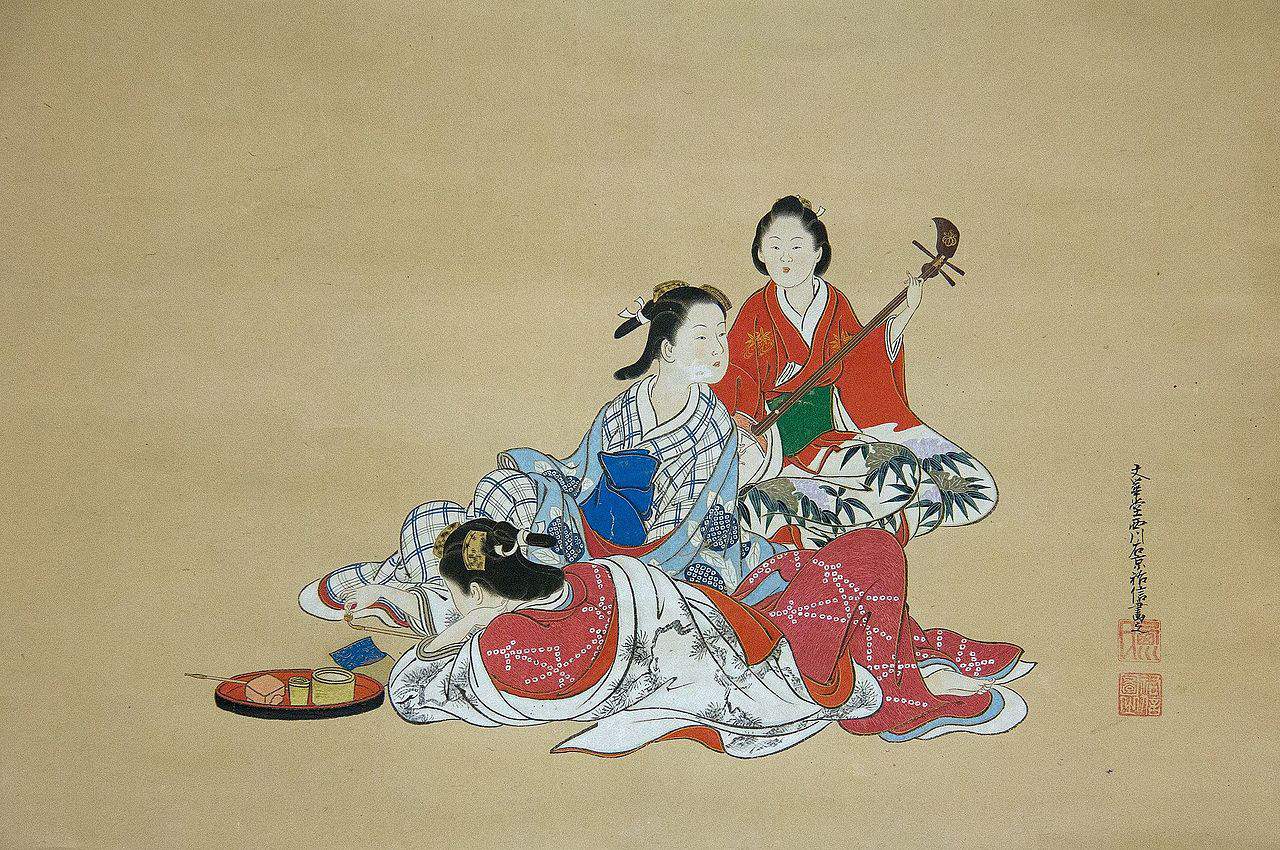
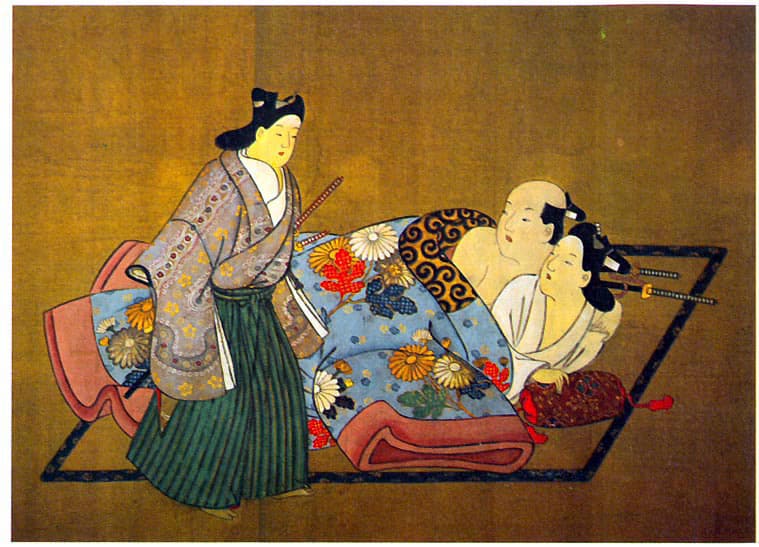
Ukiyo-e during the mid-18th century
During the 18th century, we can notice Okumura Masanobu (1686-1764), he was a great entrepreneur and self-promoter. He helped to create a new technique to improve ukiyo-e making process. One of his most notable innovations is the use of geometrical perspective in the genre. Western-style graphical perspective and increased use of printed colour were amongst the innovations Okumura Masanobu claimed.
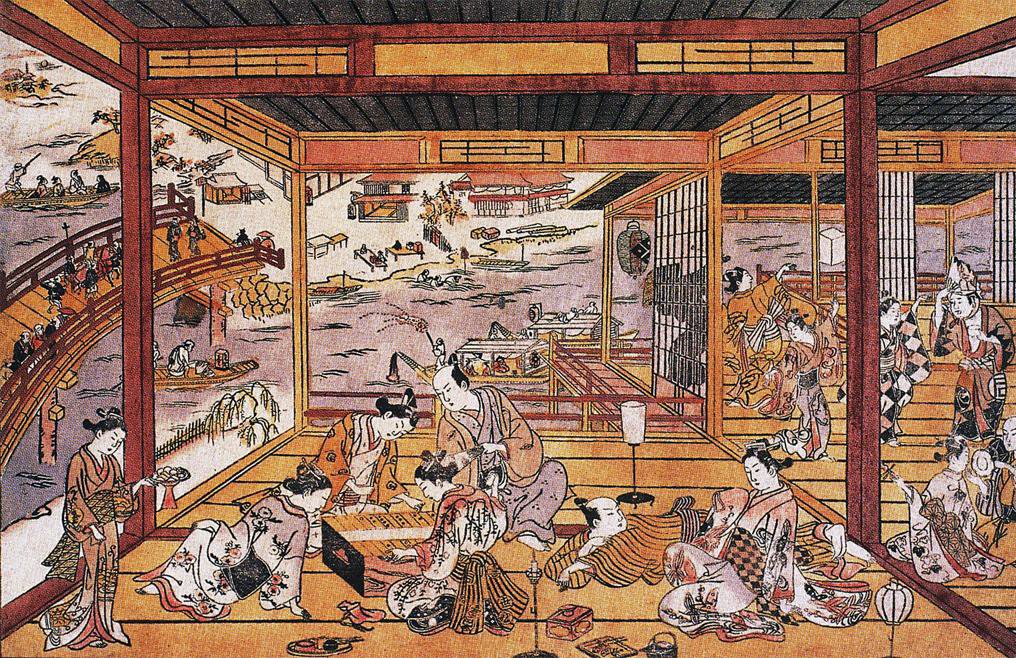
Suzuki Harunobu (1725-1770) is to be noted; he realized some impressive ukiyo-e with their complex design and colors. During these ukiyo-e creation process, he had to use multiple woodblock for the multitude of color (up to 12~).
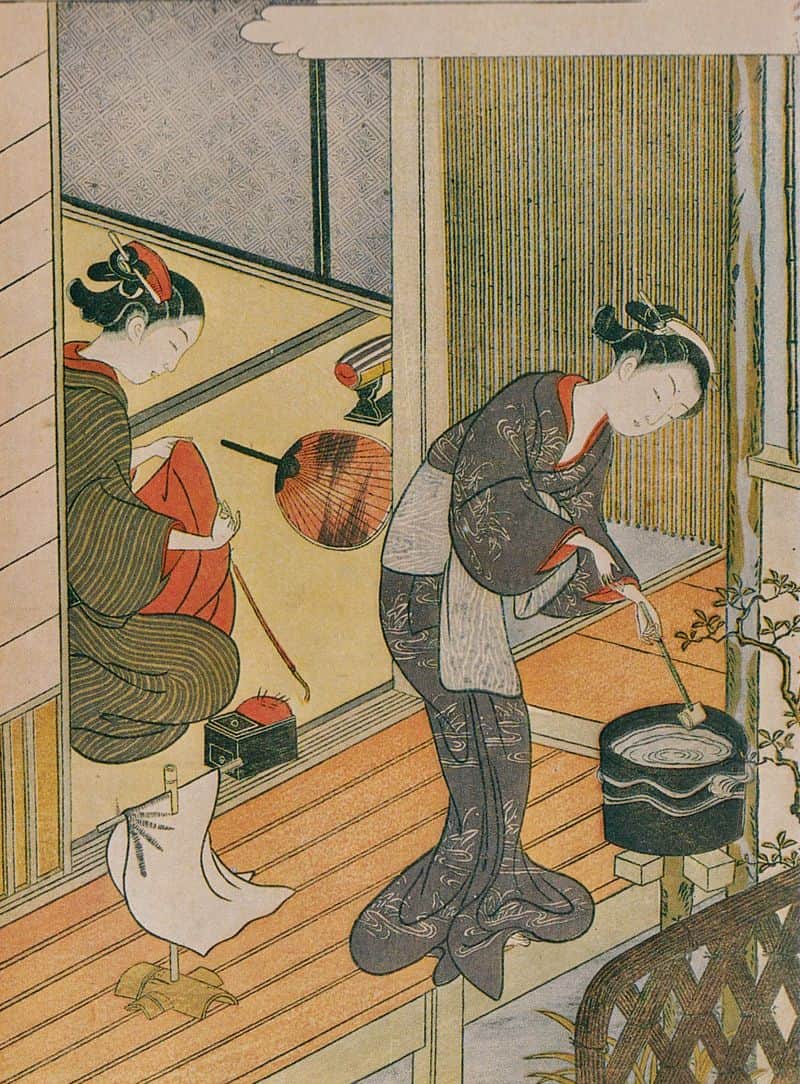
Here is another artist noticeable for his work on perspective in ukiyo-e prints. This is Utagawa Toyoharu (1735-1814)
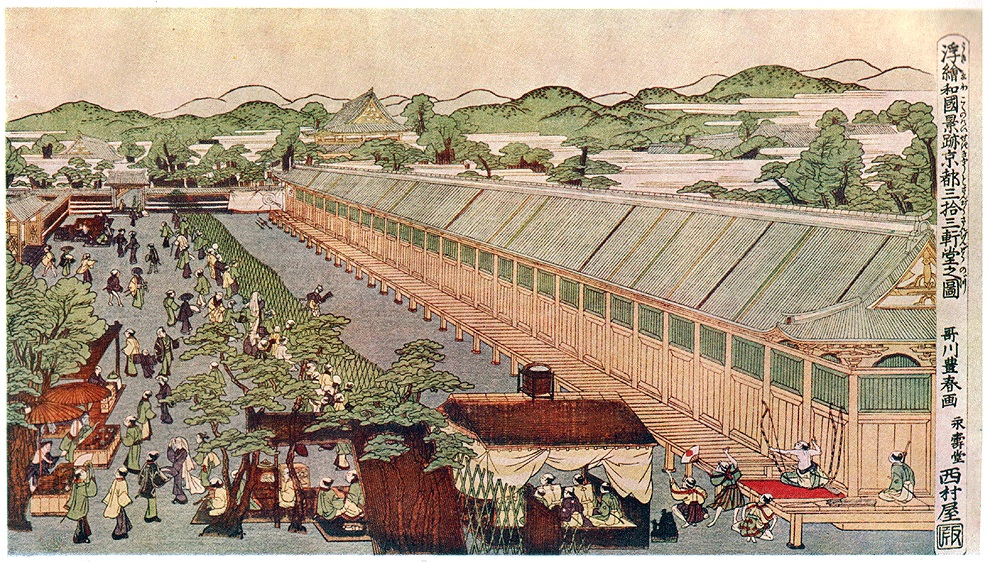
The golden age of Ukiyo-e (late 18th century)
For the golden age of Ukiyo-e, we can cite multiple artists, such as Torii Kiyonaga (1752-1815) who specialized in beautiful woman and urban scenes, he is known for his large print.
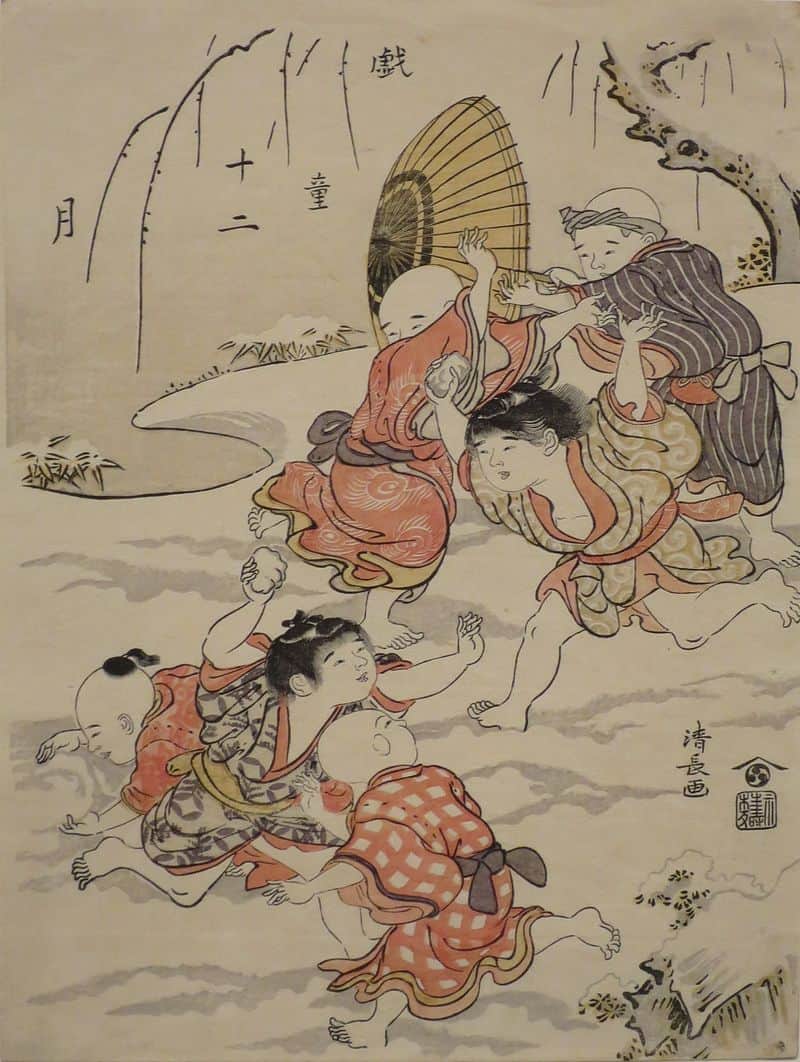
In the late 18th century, there is Kitagawa Utamaro (1753-1806) who specialize in beautiful woman drawing with disproportionate head.
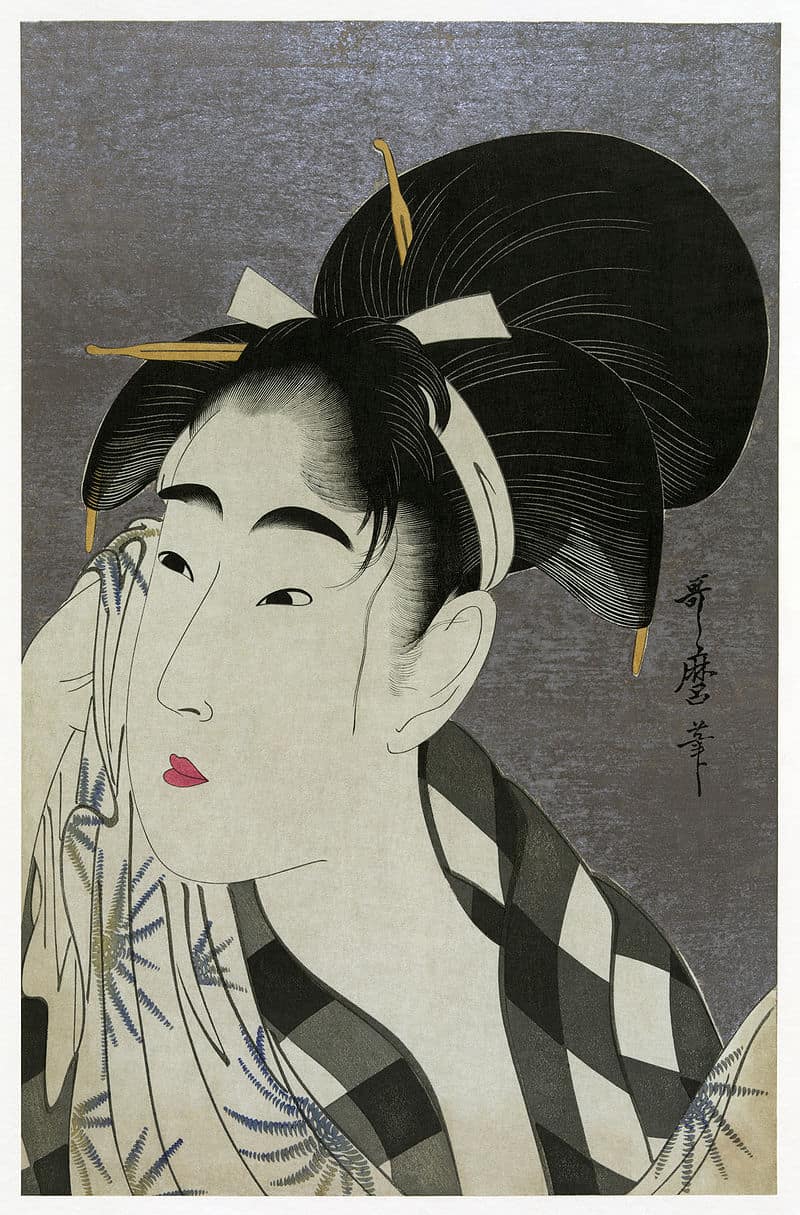
Then, we have to talk about the famous Tōshūsai Sharaku (Appearance 1794), he was active only during 10 months, yet he had the time to create one of the most famous ukiyo-e. He specialized in portraits of kabuki actors with a great level of realism.
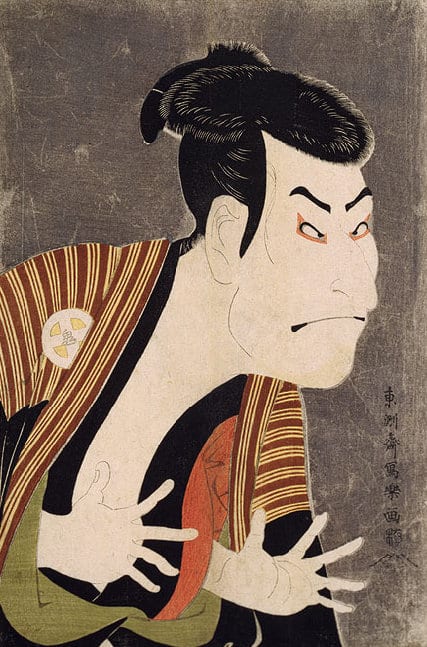
Japanese woodblock print during the 19th century, bird, flower and landscape
Here is the appearance of one of the most famous ukiyo-e artists, the legendary Katsushika Hokusai (1760-1849). His work was mostly focused on everyday life, fauna, flora and landscape. We can cite the famous The Great Wave off Kanagawa and the Thirty-six Views of Mount Fuji.
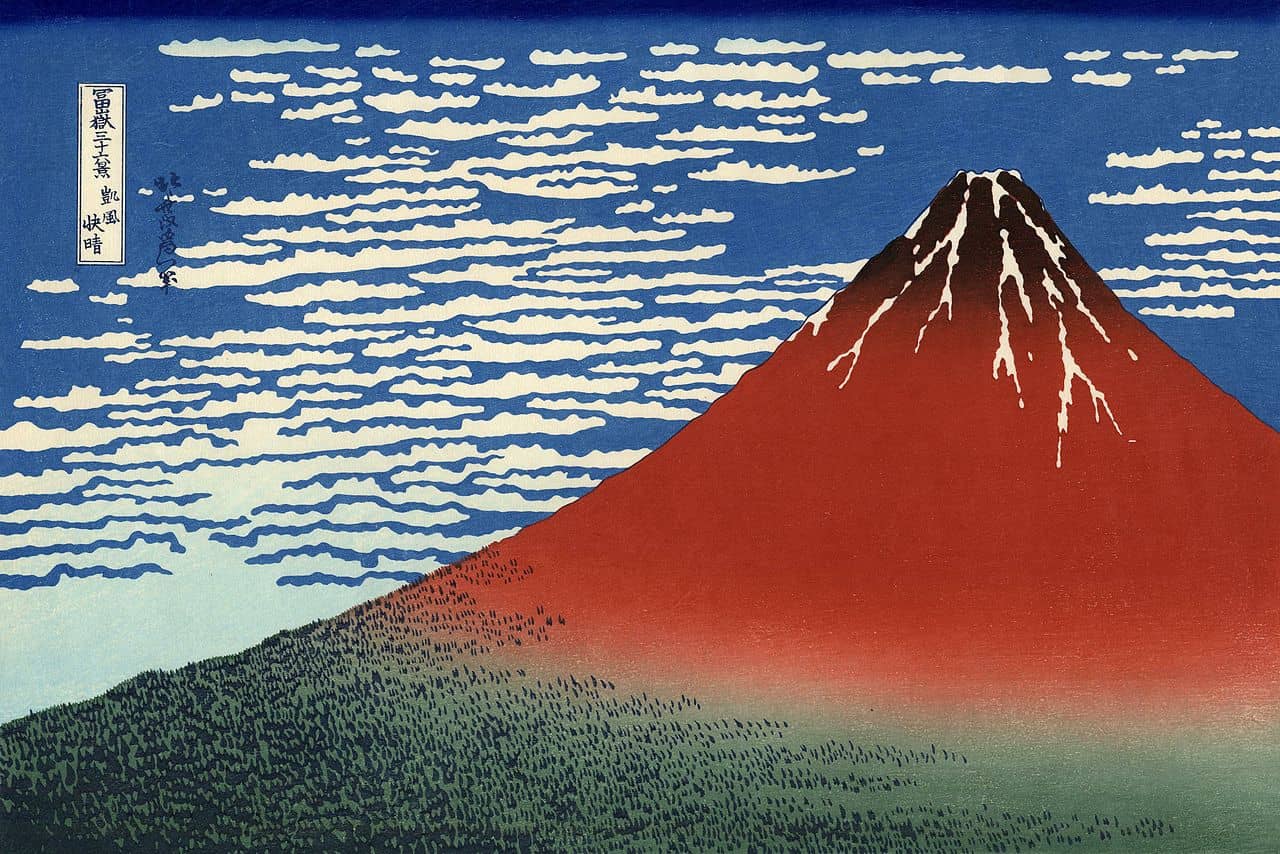
We can also talk about Utagawa kuniyoshi (1797-1861) who also drew birds and landscape, yet he is known for his heroes series from the suikoden and the chushingura.

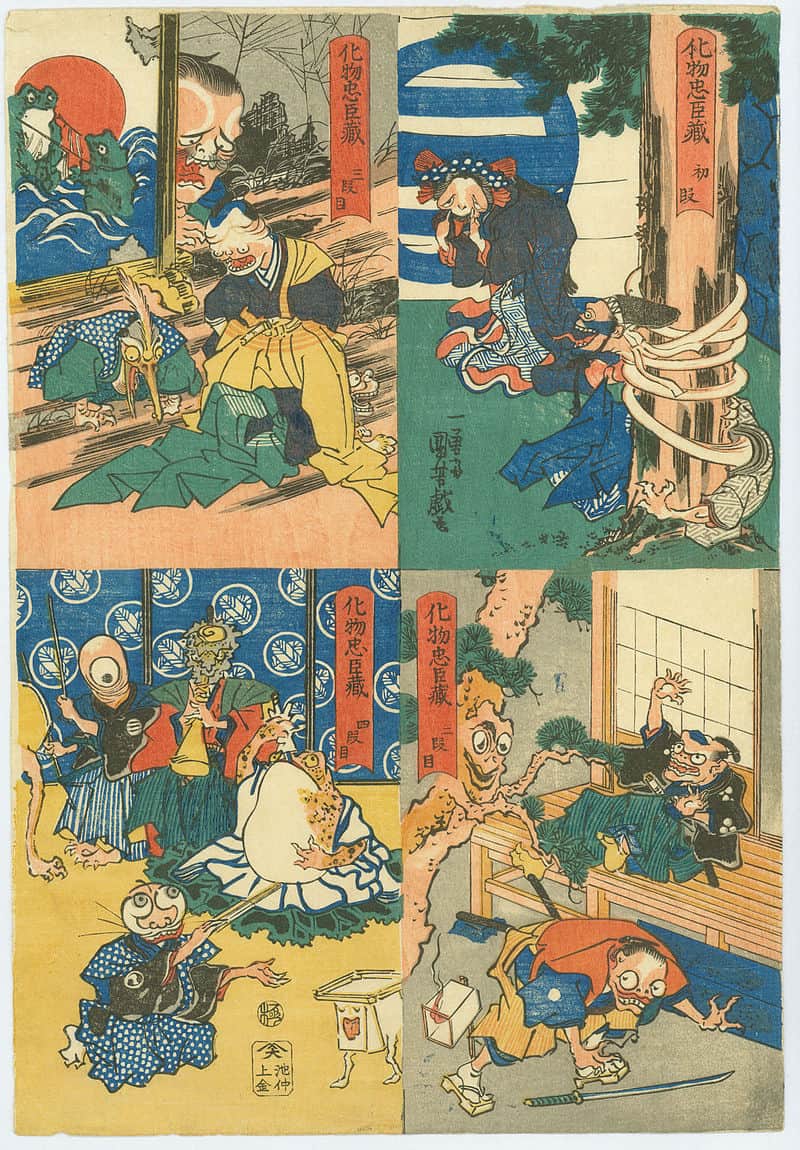
Then, to conclude this period, we have to talk about Hiroshige Utagawa (1797-1858) who is considered the greatest rival of Hokusai. Like Hokusai, he specialized in fauna and flora plus landscape. He is known for his series on The Fifty-three Stations of the Tōkaidō and The Sixty-nine Stations of the Kiso Kaidō.
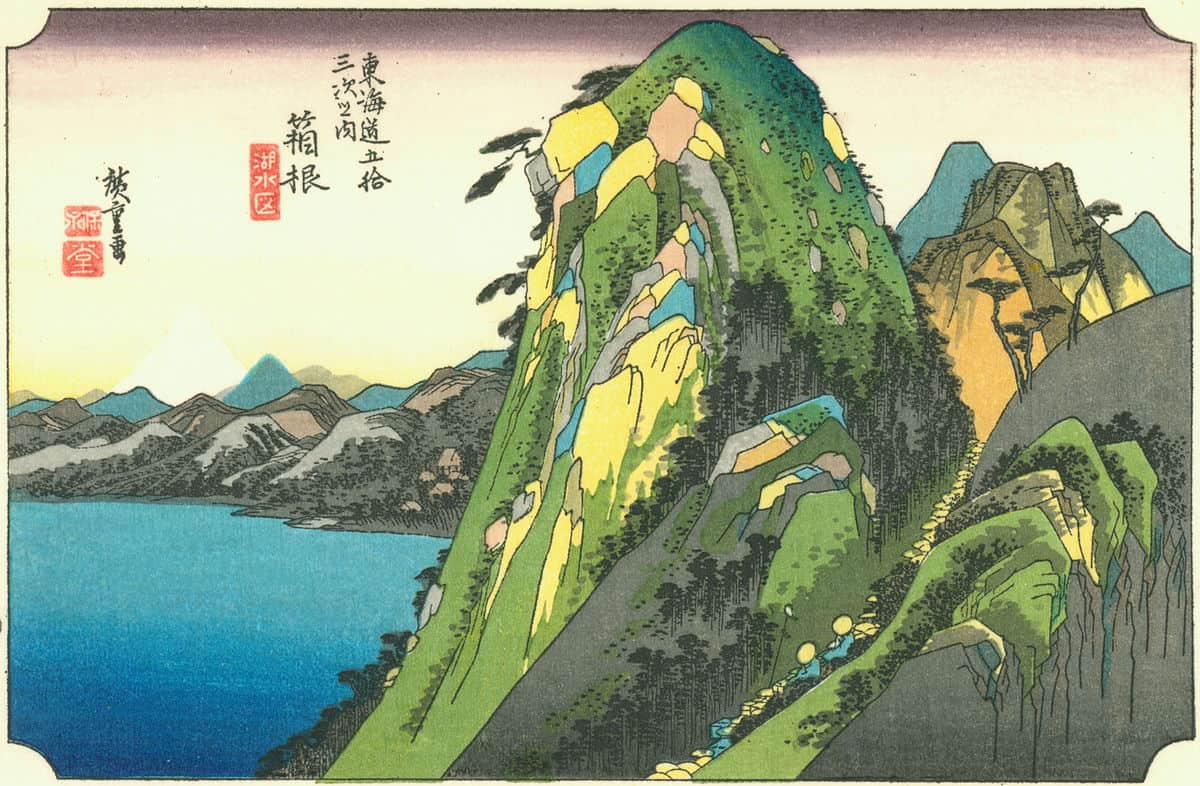
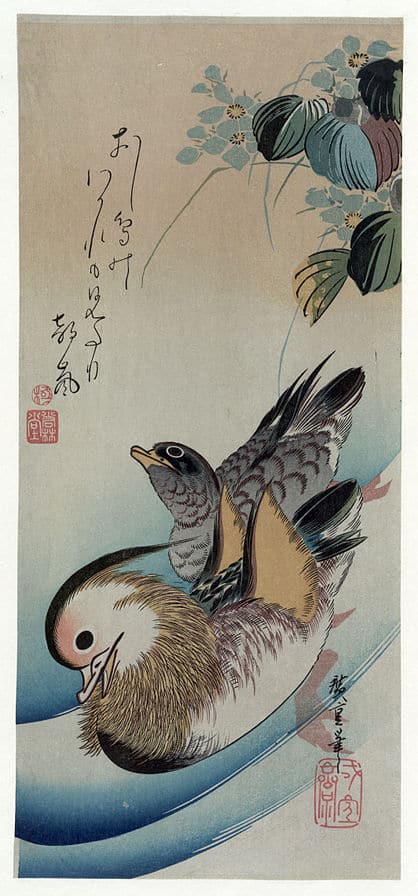
A declining period for ukyo-e, the late 19th century.
Because of the Meiji restoration at the time and the westernization of the Japanese society, ukiyo-e knew a fast decline. This genre was considered moribund.
We can notice tsukioka yoshitoshi (1839-1892) who is known for his work on horror and gore, from monsters to ghosts, etc. One of his famous works is called the One hundred Aspects of the Moon.
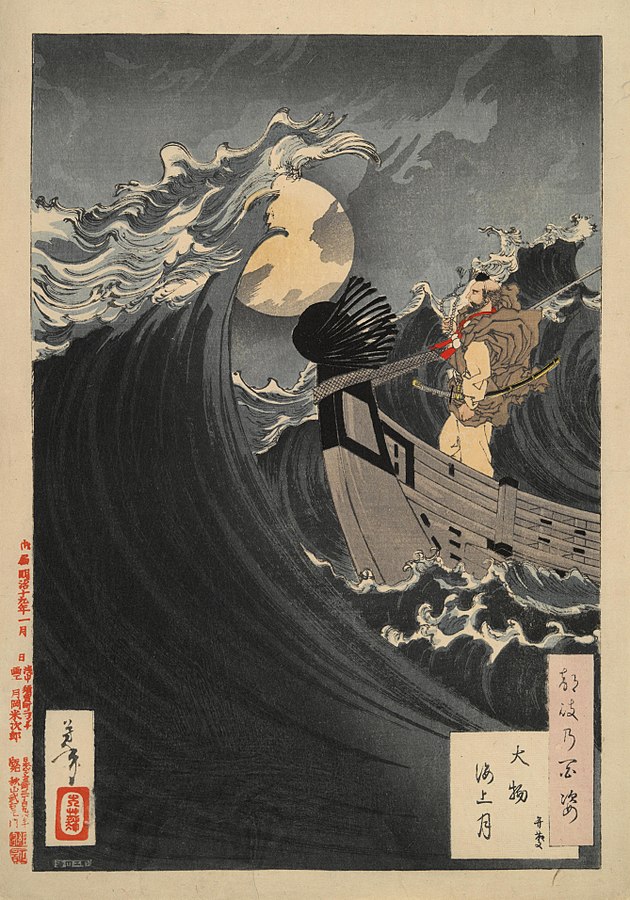
Ukiyo-e through the 20th century.
The westernization of the Japanese society left this genre in the dark, but there still was some noticeable artist during this period.
We can cite Goyō Hashiguchi for his work on beautiful woman.
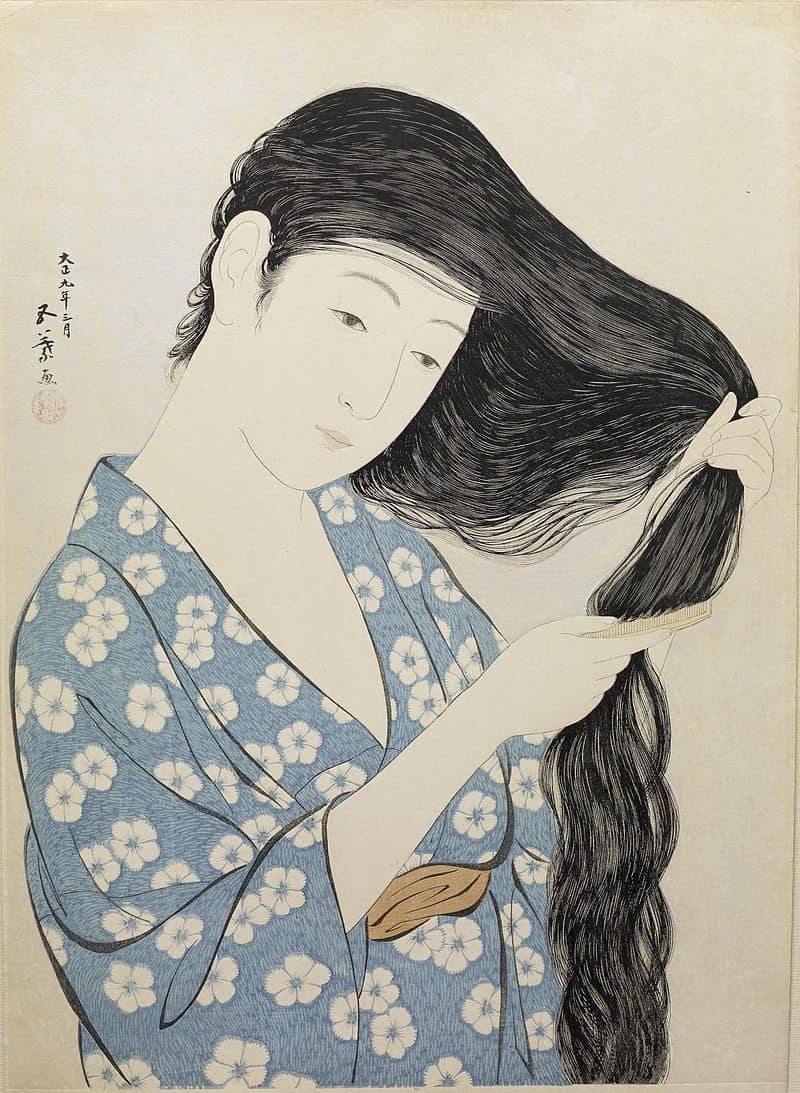
Next, there is Shinsui Ito (1898-1972) also known for his work on woman images with his modern style.
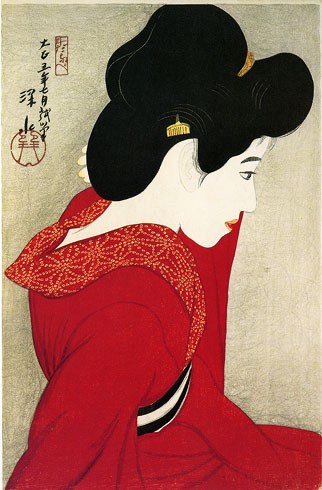
Then, we can cite Hasui Kawase (1883-1957) for his modern landscapes.
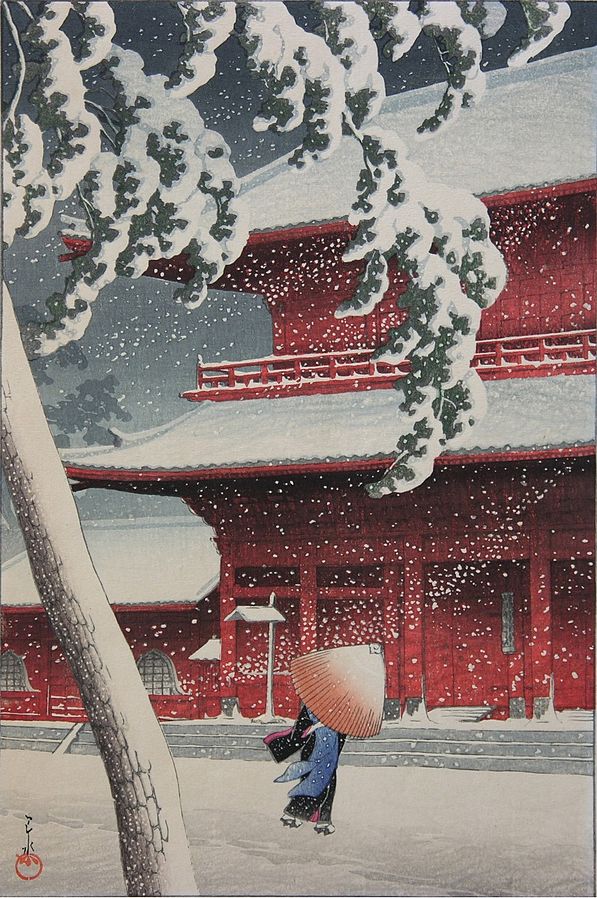
Ukiyo-e in the 21th century, an ukiyo-e pop culture.
Since we are only 19 years into the 21th century, I do not have a lot of information about the famous artists of the present ukiyo-e world; therefore, I will present two artists who are trying to spread the ukiyo-e genre through pop-culture.
First of all, I will present you Ukiyo-e Heroes by Jed Henry and Dave Bull.
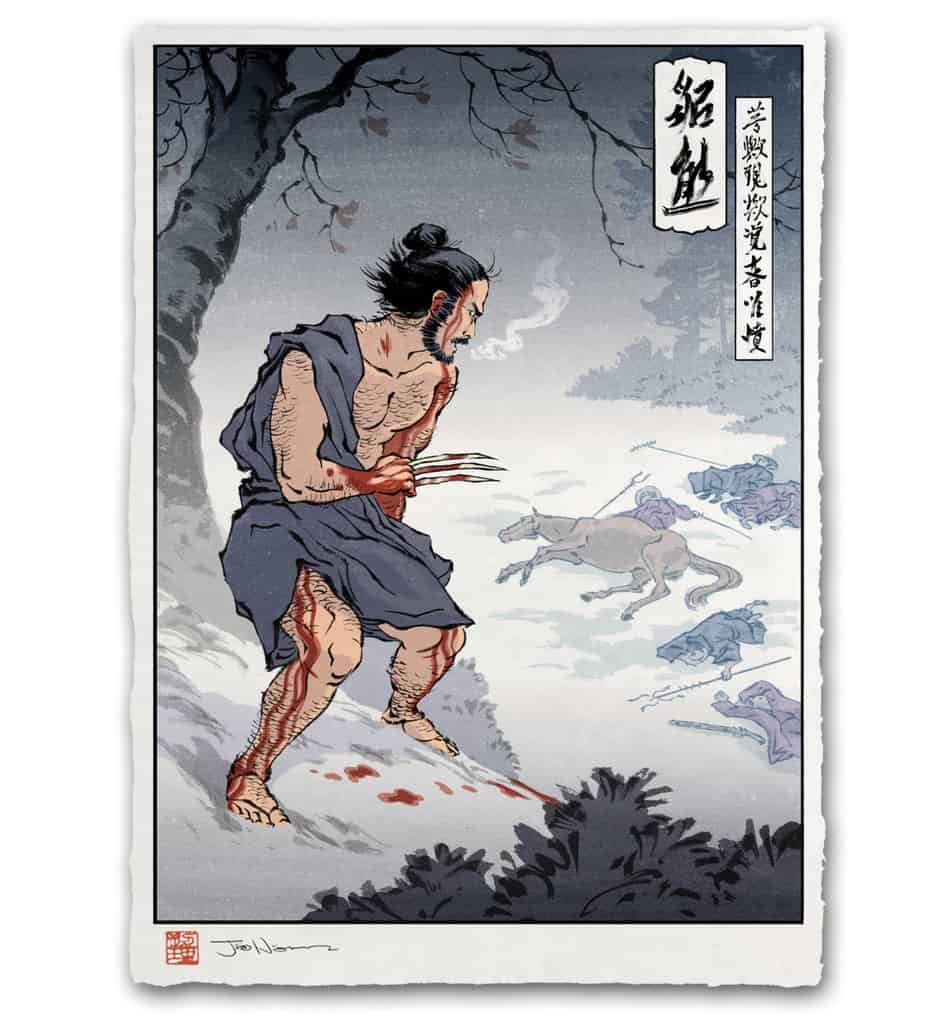
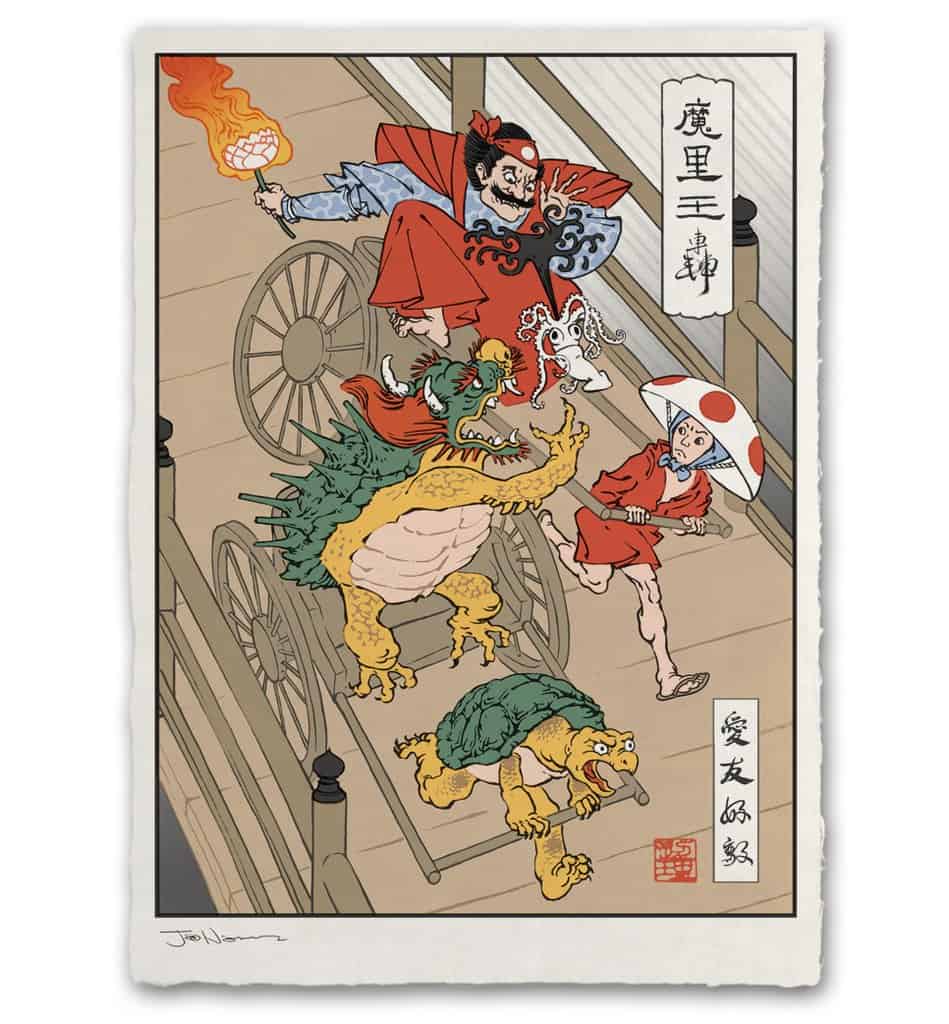
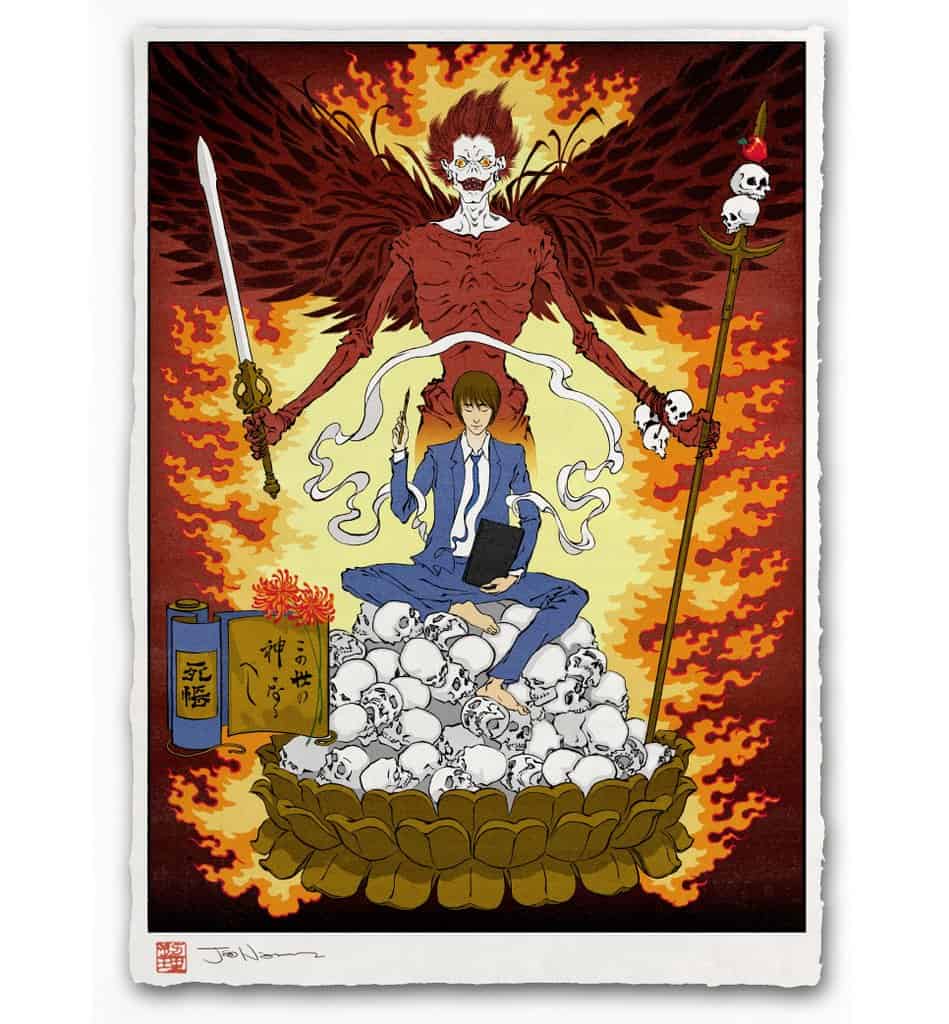
You can find more of their design on their website (https://ukiyoeheroes.com/)
Then, I will talk about a young Japanese artist Kenji Iwasaki.
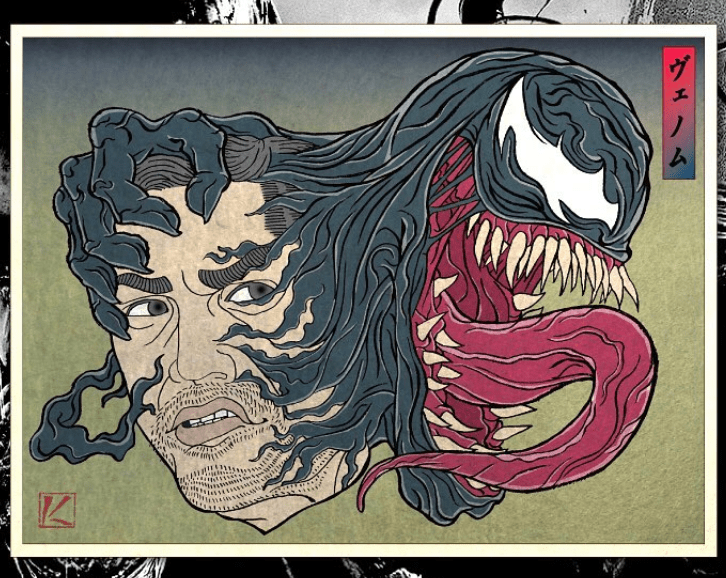
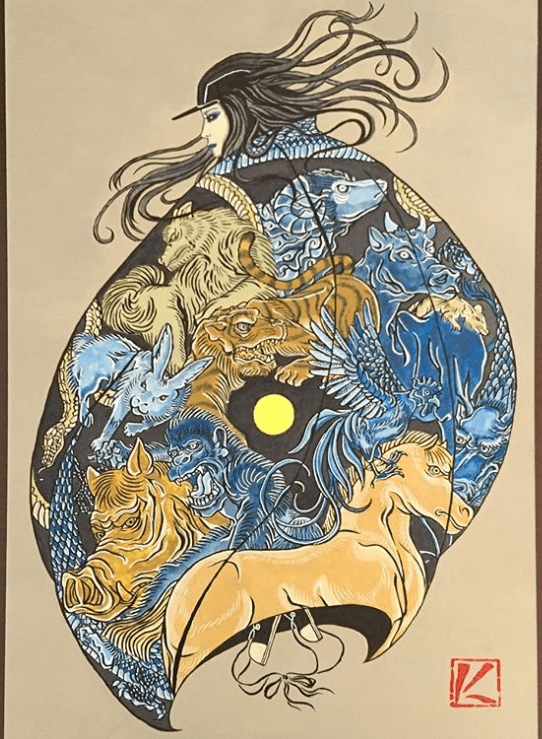
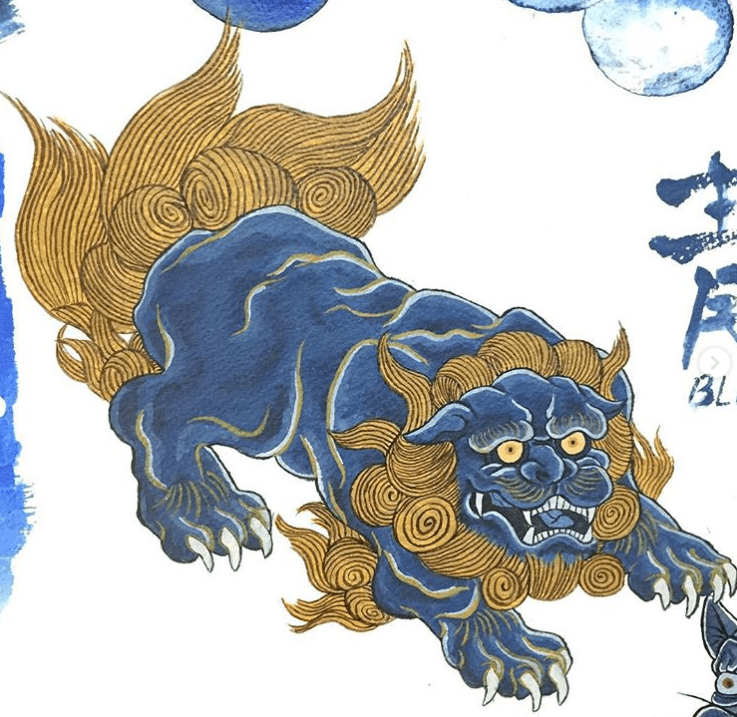
You can find more of his design on his website (https://iwasaki-art.com/)
5. Conclusion
To conclude, here you have it, a short history of ukiyo-e through their artist during the different period. We can see that this art genre in terms of popularity is like a wave. It was almost non-existent before the 18th century, then became really popular during the 19th century to finally decline and almost disappear during the 20th century. Nowadays, there are only a few artists remaining in this genre, yet I hope and I will support a rebond for Ukiyo-e in the years to come.
Let’s enjoy this beautiful art !
Thank you for reading.
For website touring visitor:
When you have finished reading this article, please, take a look at my portfolio.

